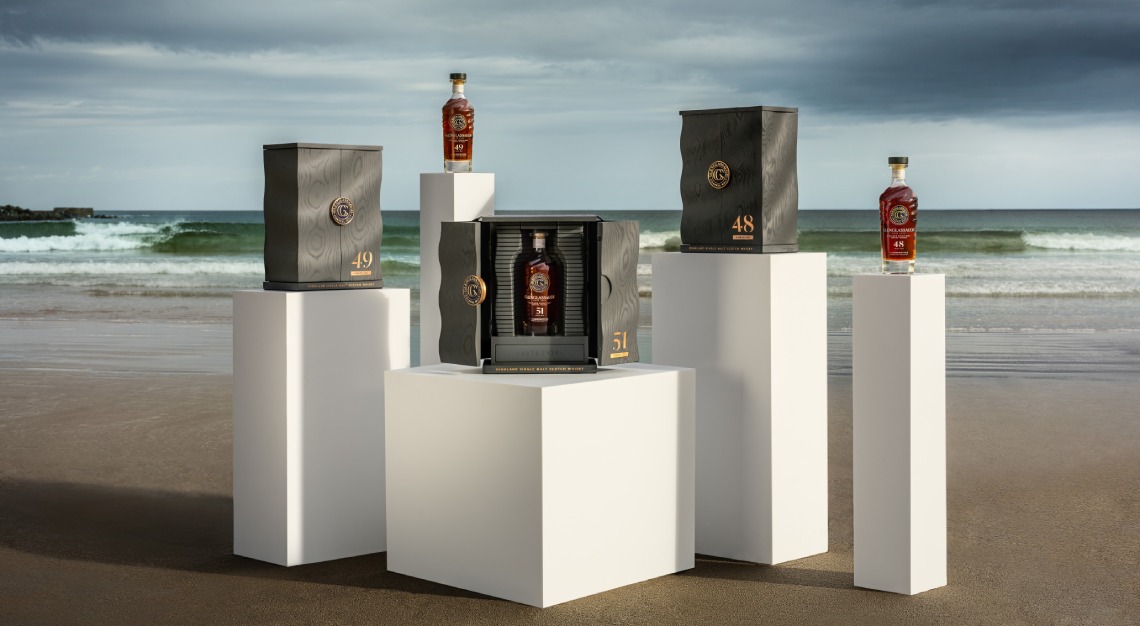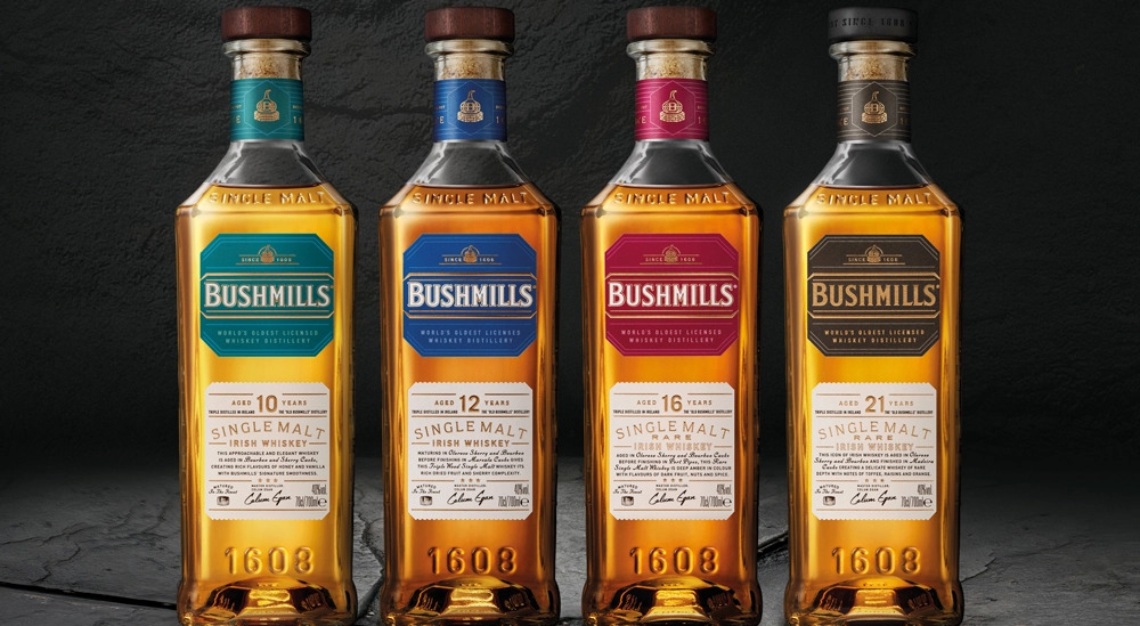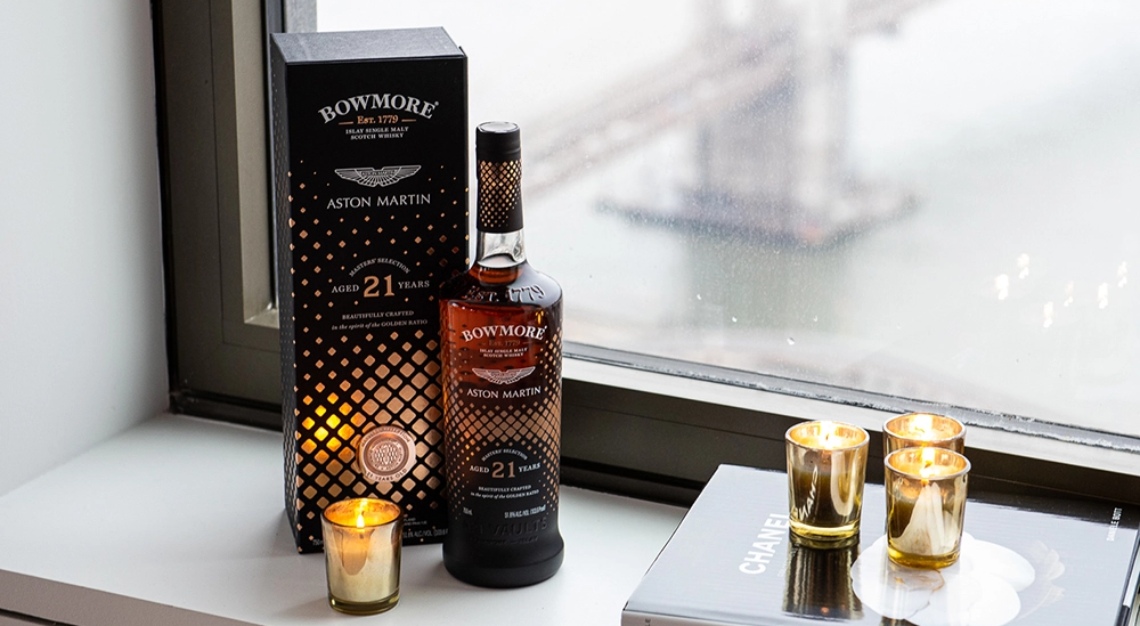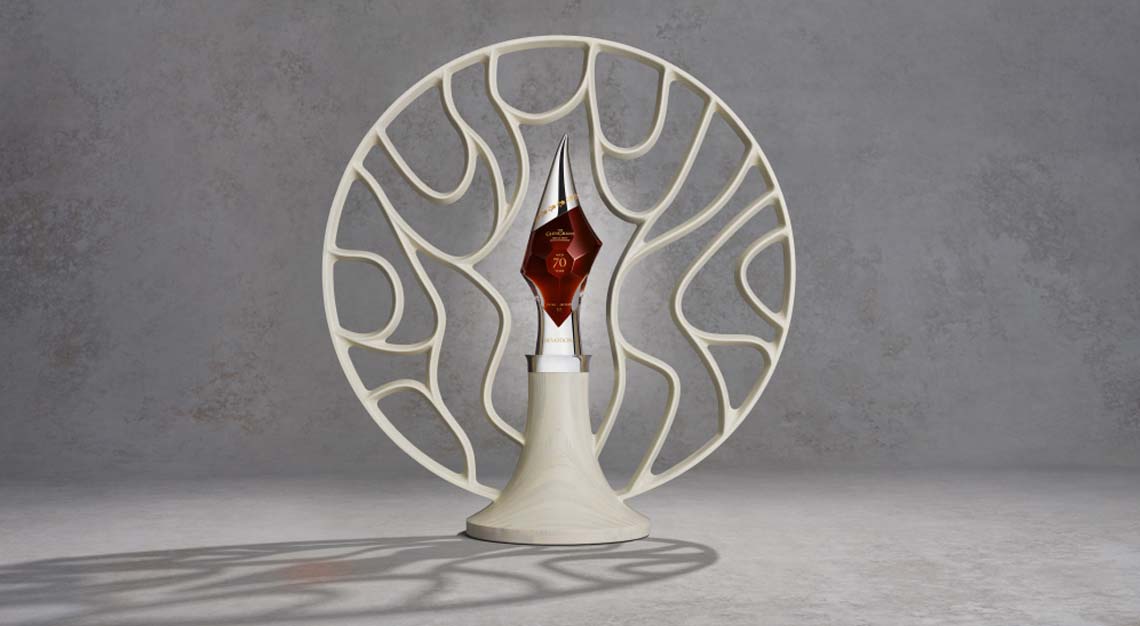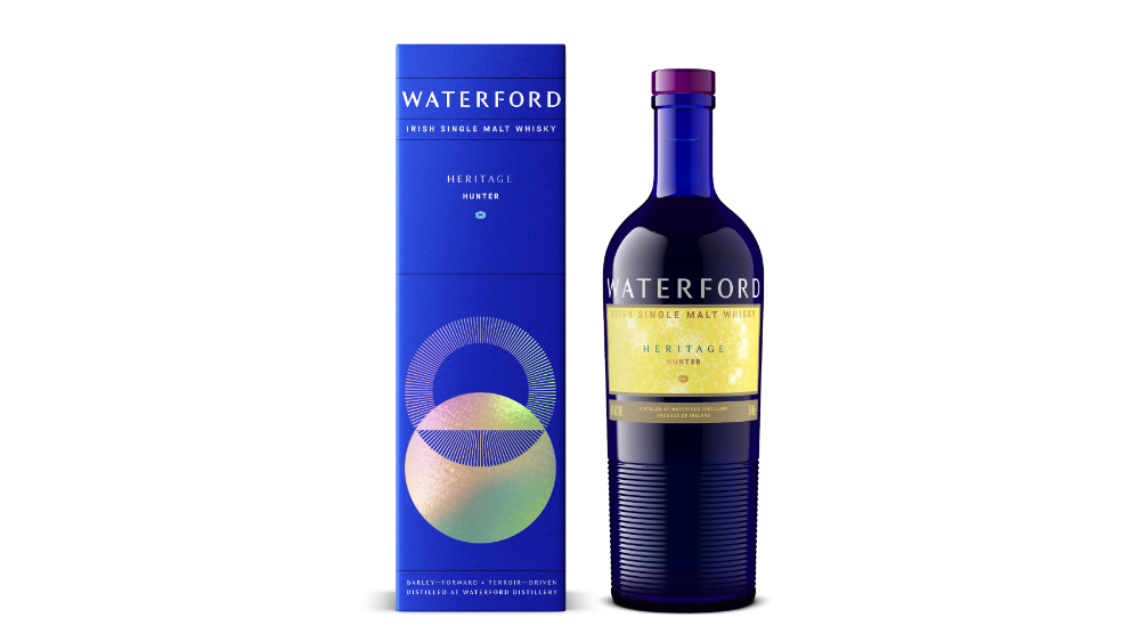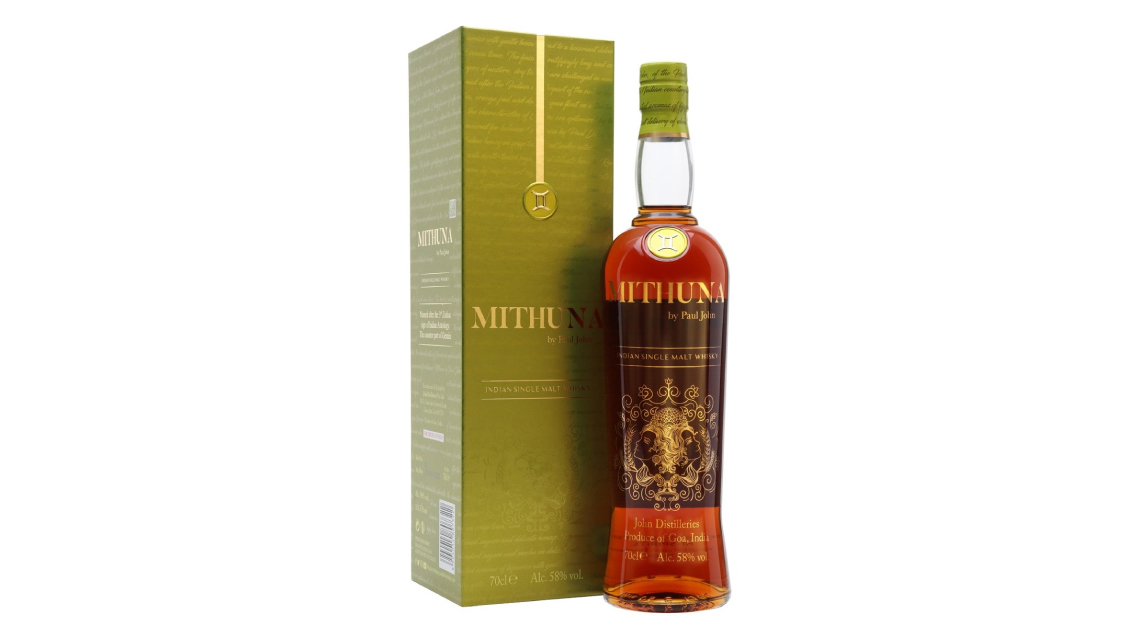Shaped by coastal embrace, Glenglassaugh’s Serpentine Coastal Cask Collection—aged since the 1970s—will inspire ruminations and reminiscences
Dr. Rachel Barrie invites us to “listen to the taste” and we curiously—but expectantly—oblige. It isn’t every day that we have one of the world’s most renowned master blenders to take us through a taste test. Even rarer yet, the trio of drams on offer. Emanating soft shades of amber and light bronze, with smooth viscosity and big personalities, they comprise 48-, 49- and 51-year-old whiskies from the Glenglassaugh Serpentine Coastal Cask Collection.
“I equate a whisky’s age as being half the age of a person,” explains Dr. Barrie. “So, for a 48-year-old whisky, that makes it 96 years old in human years. How often do you get to meet someone this old? Just in terms of their rarity, I hope this gives some context to the whiskeys.”
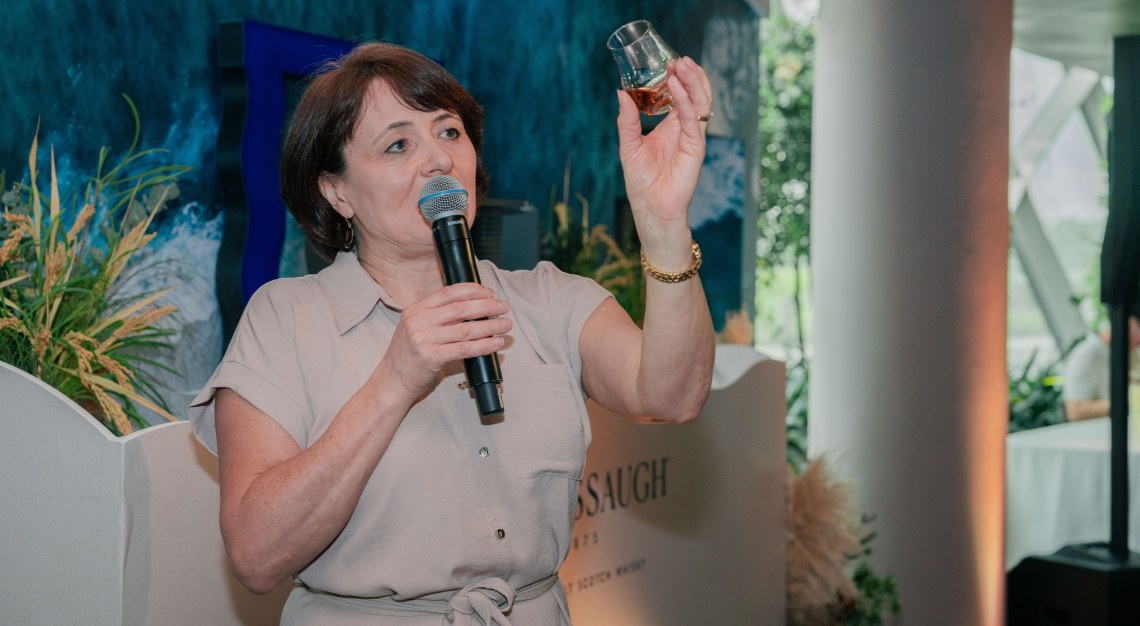
The exceptional age of the releases from the Serpentine Coastal Cask Collection is enough to impress most whisky aficionados. But how do these single cask bottlings actually taste? Under Dr. Barrie’s guidance, with eyes closed and eyebrows raised, we soon appreciate her invitation to meld our senses.
Billed by whisky lovers as an emerging gem, the Glenglassaugh distillery (pronounced ‘Glen-Glass-Sa’) is nestled just outside of the iconic Speyside region, set against the coastal backdrop of Sandend Bay in Northeast Scotland. The distillery’s geographical virtue, which boasts the highest mineral content of any water in Scotland, and where the gentle dispersion of salt water permeates the air, very much informs the characteristics of its spirits.
“You can hear the rolling waves when you experience the umami, which is very distinctive to Glenglassaugh,” Dr. Barrie elaborates. “With the three whiskies, we want to show the different facets of the coastal distillery. They have been matured in different test sites, and each brings something different to the table.”
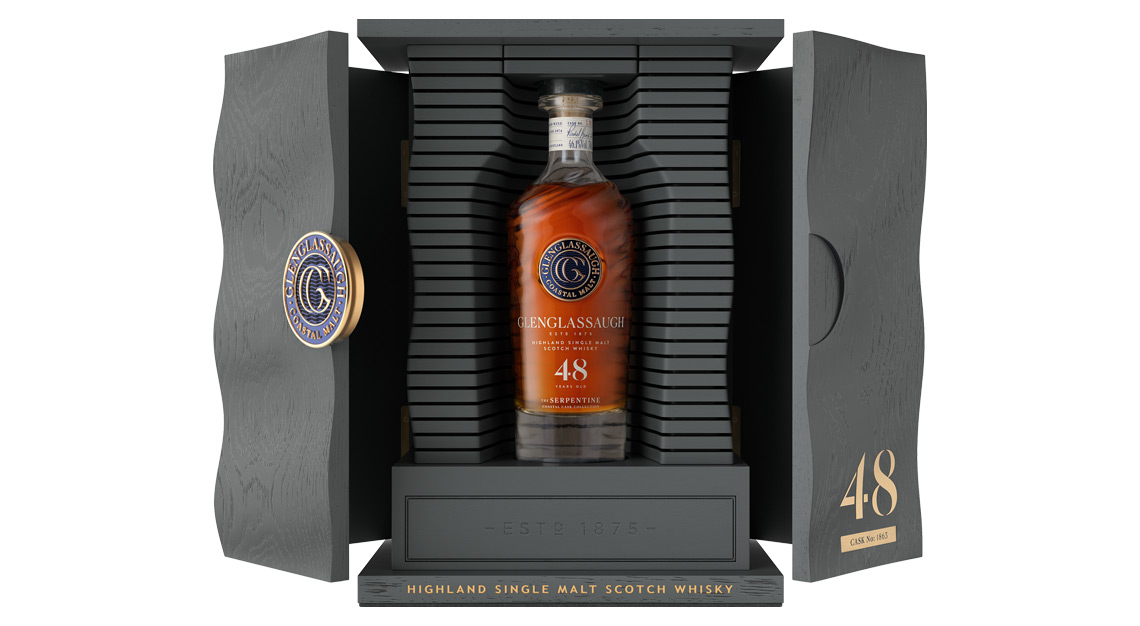
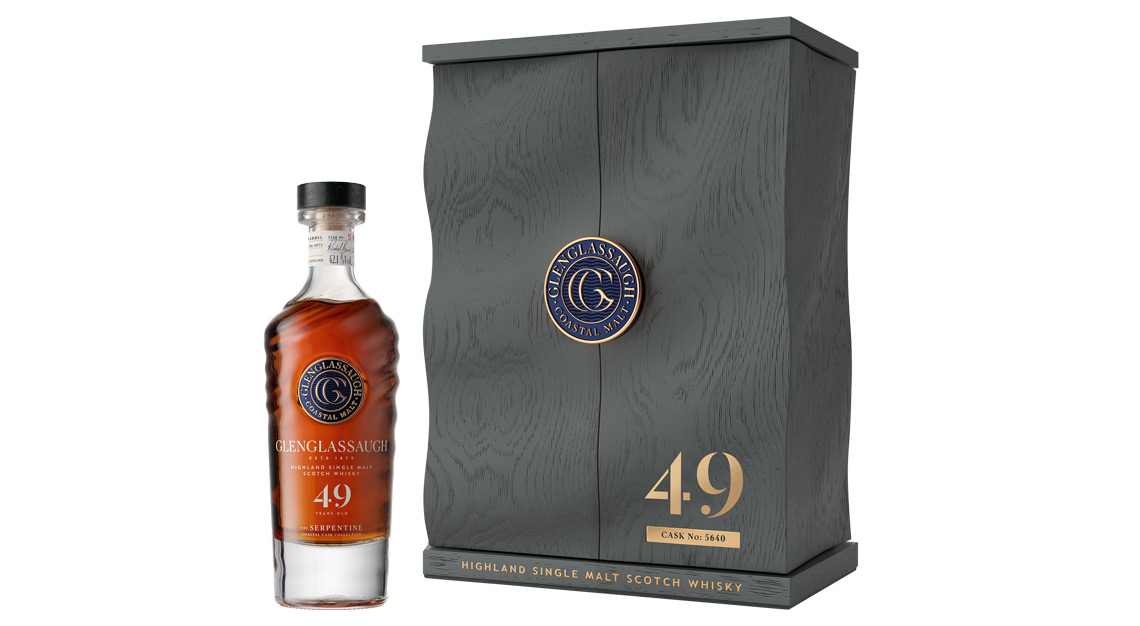
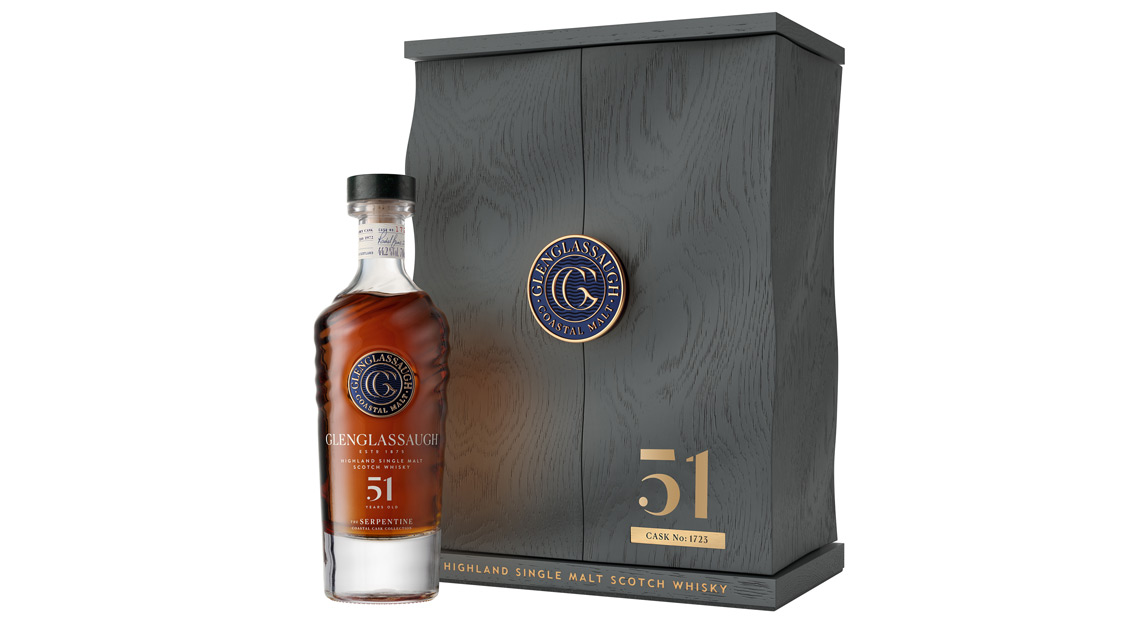
Lightly fruity on the nose, as it gets richer on the palette with notes of lychee and passionfruit, the 48-year-old (cask 1863) was matured in an Aleatico red wine barrique cask. The 49-year-old (cask 5640), which had been matured in a bourbon barrel, is slightly more intense yet nuanced expressions of tropical fruit. Last but not least, the beautifully bronzed 51-year-old (cask 1723), is aged in a sherry cask—a favourite among Asian drinkers—which draws out waves of fruity sweetness, balanced, as always, by a hint of sea salt.
Taking its name from the serpentine marble found in the cliffs surrounding the distillery, the Serpentine Coastal Cask Collection releases are undoubtedly Glenglassaugh’s rarest and most exclusive to date. Though the distillery dates back to 1874, it was beset by a series of closures and rebirths. The company restarted its operations in 2008 and most recently in 2016, was acquired by Brown-Forman, which counts the likes of Woodford Reserve and The Glendronach in its stable.
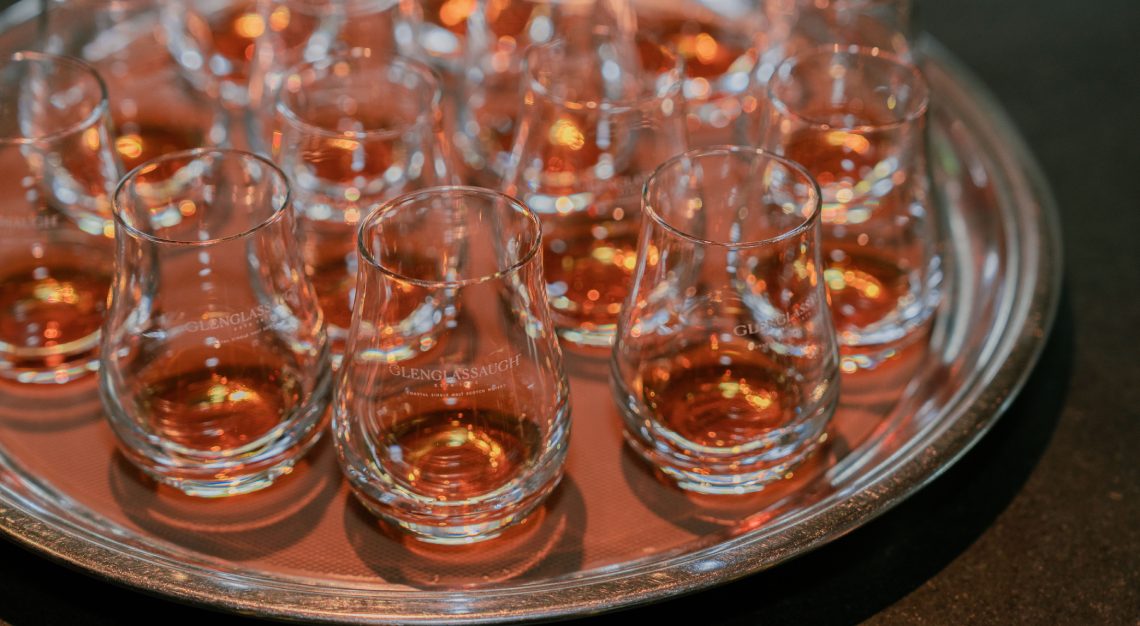
Dr. Barrie, who joined Brown-Forman in 2016 has been helping Glenglassaugh introduce whiskies that pay homage to its maritime roots. Currently, the distillery’s core collection comprises a 12-year-old and two non-age-statement single-malt whiskies (Sandend and Portsoy). “It will be a long time until we have aged whisky like this again,” says Dr. Barrie.
